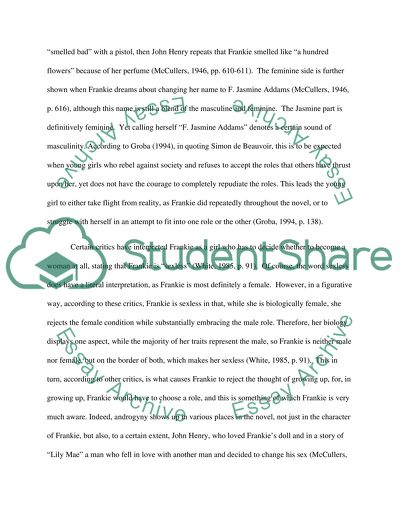Cite this document
(The member of the wedding Book Report/Review Example | Topics and Well Written Essays - 1750 words, n.d.)
The member of the wedding Book Report/Review Example | Topics and Well Written Essays - 1750 words. https://studentshare.org/literature/1574261-the-member-of-the-wedding
The member of the wedding Book Report/Review Example | Topics and Well Written Essays - 1750 words. https://studentshare.org/literature/1574261-the-member-of-the-wedding
(The Member of the Wedding Book Report/Review Example | Topics and Well Written Essays - 1750 Words)
The Member of the Wedding Book Report/Review Example | Topics and Well Written Essays - 1750 Words. https://studentshare.org/literature/1574261-the-member-of-the-wedding.
The Member of the Wedding Book Report/Review Example | Topics and Well Written Essays - 1750 Words. https://studentshare.org/literature/1574261-the-member-of-the-wedding.
“The Member of the Wedding Book Report/Review Example | Topics and Well Written Essays - 1750 Words”. https://studentshare.org/literature/1574261-the-member-of-the-wedding.


